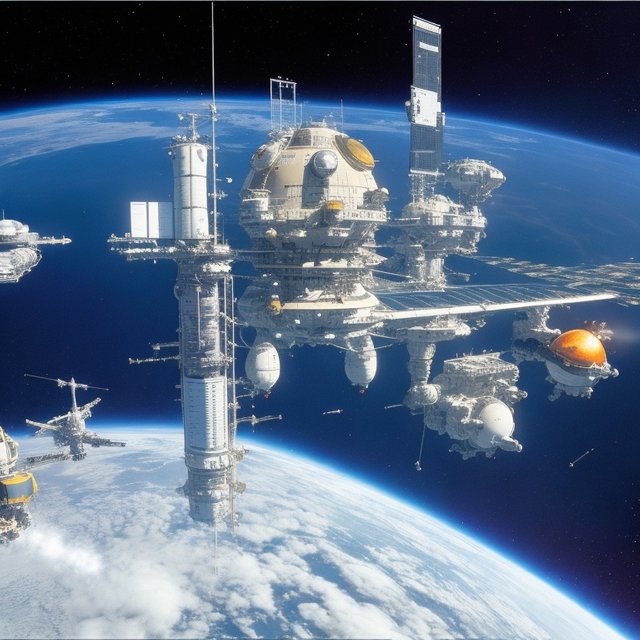Space Stations: Past, Present, And Future
Since the dawn of human space exploration, space stations have played a pivotal role in advancing our understanding of outer space and the challenges of long-duration human spaceflight. These orbital habitats, designed to support astronauts living and working in space, have become symbols of international cooperation and scientific progress. Let's take a journey through the history of space stations, exploring their evolution from past to present and the exciting prospects they hold for the future.
The Past: Early Space Stations
The concept of a space station was first proposed by Russian scientist Konstantin Tsiolkovsky in the early 20th century. However, it was not until the late 1960s that the first space station, Salyut 1, was launched by the Soviet Union in 1971. Salyut 1 marked the beginning of human habitation in space, and the Soviet Union followed it up with several more Salyut missions in the years that followed.
The Present: The International Space Station (ISS)
The International Space Station, a collaborative effort between the United States, Russia, Europe, Japan, and Canada, represents a symbol of global cooperation in space exploration. Launched in 1998, the ISS serves as a state-of-the-art laboratory where astronauts conduct scientific research in various fields, including biology, physics, astronomy, and human physiology. The ISS orbits the Earth at an altitude of approximately 400 kilometers (250 miles), and its unique microgravity environment provides valuable insights into the effects of space on the human body and the behavior of materials in space.
The Future: Lunar Gateway and Beyond
As we look to the future of space exploration, new frontiers beckon. NASA's Lunar Gateway, a proposed space station in lunar orbit, aims to serve as a staging point for crewed missions to the Moon and, eventually, missions to Mars. The Lunar Gateway will facilitate long-duration stays on the Moon's surface and open up new opportunities for scientific research and international cooperation in deep space.
Beyond the Lunar Gateway, space agencies and private companies are exploring the possibility of even more ambitious space stations, such as those positioned at Lagrange points, where the gravitational forces of the Earth and the Moon balance each other. These stations could serve as waystations for missions traveling to and from the Moon and other celestial bodies.
Conclusion: Advancing Humanity's Reach into Space
Space stations have played a crucial role in advancing our understanding of space and preparing humanity for the challenges of future exploration beyond Earth. From the early days of Salyut to the groundbreaking research aboard the ISS, space stations have fostered international collaboration and propelled scientific progress.
As we venture into the future, space stations will continue to be integral to human space exploration. The Lunar Gateway and potential future habitats in deep space hold immense promise for expanding humanity's presence in the cosmos. With each new step we take, space stations serve as beacons of human ingenuity and cooperation, inspiring generations to come as we boldly reach for the stars.
